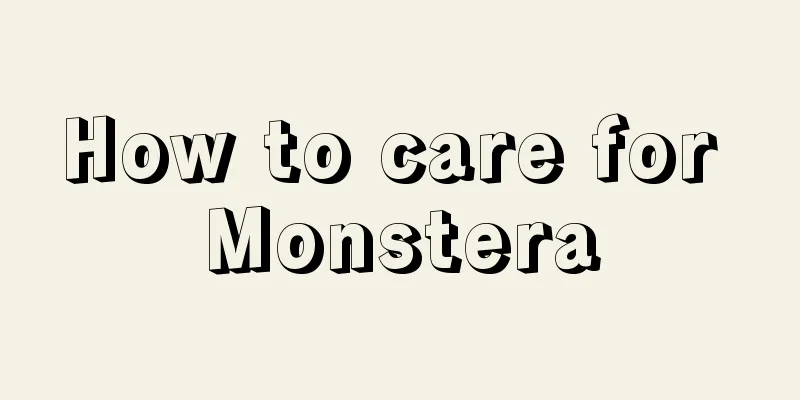Cultivation method of claw leaf chrysanthemum

1. Breeding methods1. Sunlight: Clawleaf Chrysanthemum should be placed in a sunny place. However, due to its phototropism, it will grow towards the light, so the flower pot should be turned once a week so that the back faces the light to avoid one side growing too tall. 2. Temperature: Clawleaf chrysanthemum is suitable for growing in an environment of 10℃-15℃. The temperature should not be higher than 20℃ during the day and not lower than 5℃ at night. High temperatures can cause leggy growth. It is advisable to move it indoors and keep it warm in winter. 3. Soil: Clawleaf Chrysanthemum does not have high requirements on soil. Fertile, loose and well-drained soil is more suitable for its growth. In addition, a certain amount of humus can be added to the soil. 4. Watering: Clawleaf Chrysanthemum has high requirements for humidity. Dry air can cause yellowing leaves and weakened plants. But too much water can cause root and stem rot. Therefore, always pay attention to the moisture of the soil and water thoroughly when the leaves begin to wilt, but do not water before or after fertilizing. In addition, any accumulated water should be discharged in time. 5. Fertilization: Clawleaf Chrysanthemum is generally fertilized once every two weeks. Add fermented bean cake to water in a ratio of 1:10. Apply fertilizers mainly composed of phosphorus and potassium twice after the buds appear before flowering, and apply less nitrogen fertilizer to avoid excessive growth. 2. Breeding techniquesClawleaf chrysanthemum is propagated by sowing or cuttings. Sowing is generally carried out in late July, and it takes about 6 months from sowing to flowering. In addition, it can also be propagated by cuttings. Cut the axillary buds after flowering as cuttings, water them thoroughly, and they will take root in three to four weeks. 3. Pest and disease control1. Diseases: The main diseases are sclerotinia and gray mold. Improve the environment by increasing ventilation and reducing humidity. Remove diseased leaves and branches in a timely manner, and use cyproconazole for prevention and control. 2. Pests: The most common pest is leaf miner. It can be sprayed with 1500 times diluted omethoate. |
<<: Are violets poisonous? Are they suitable for indoor cultivation?
Recommend
Green Master cuttings quick rooting method
Green Master can be propagated by cuttings, and i...
The most thorough way to solve the problem of repeated cropping: the harm of repeated cropping and its treatment methods
The harm of continuous cropping After some melon ...
How to grow the lucky charm plant so that it blooms
Good fortune blossoms The lucky plant usually blo...
Causes and treatments of yellow leaves of Vinca
1. Insufficient light Reason: It is a light-lovin...
Which month is suitable for planting cotton in the north?
When is cotton planted in the north? The planting...
Dahlia cultivation methods and precautions
Dahlia has bright colors and a long flowering per...
What soil is suitable for roses?
1. Acidic soil Roses are suitable for acidic soil...
How to care for lemon mint
Lemon Mint Growing Conditions Lemon mint likes wa...
When does clematis bloom?
1. Flowering time There are early-flowering and l...
How to prune Schefflera
When to prune Schefflera It is generally best to ...
Will the lucky tree bloom? What does blooming mean?
In the process of cultivating the lucky tree, pay...
How often should I water Amaryllis?
How often should I water Amaryllis? During the ma...
How often should grapes be watered in summer?
Frequency of watering grapes in summer Grapes are...
How to prune succulent plants
When to prune succulents It is best to prune succ...
How to grow hibiscus on the balcony, what should be paid attention to
1. Light supplement Hibiscus can tolerate partial...









